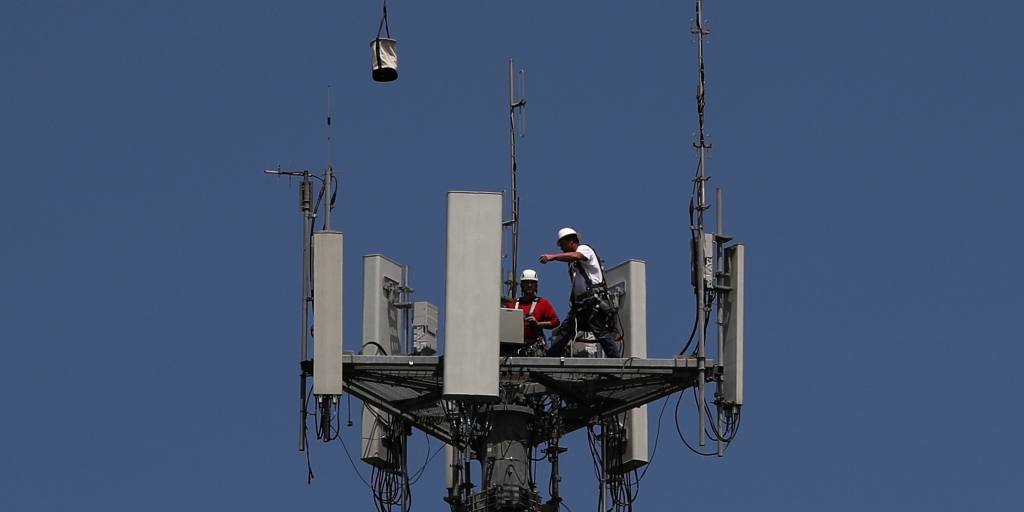Nokia CEO Pekka Lundmark predicts the 6G mobile network would arrive before 2030. But he also managed to claim that we might not use smartphones at the time the next-gen mobile network becomes widespread.
Several states are still expanding the 5G network with a large portion of the world still struggling to justify its usage of it. Nevertheless, procuring 5G gears also poses a tremendous infrastructure investment. However, the 6G hype has already started in high gear.
Before 5G could even reach substantial parts of the world, tech giants have already begun estimating the arrival of their successor. LG and Samsung have already conducted successful lab tests of 6G transmission. Meanwhile, Chinese tech giant Huawei has also shared that the 6th generation mobile communications could arrive around 2030. Recently, Indian PM Narendra Modi also stated the same.
This time it is Nokia CEO predicting that we could witness a 6G network before 2030. However, Nokia CEO has further claimed that by the time 6G becomes dominant, smartphones won’t be in prominent as they are today.
He said that when 6G becomes widespread, smartphones won’t be a “common interface”. He said 6G could hit commercial markets around 2030. He was speaking on a panel at the World Economic Forum in Davos.
He was also asked when the world would move away from smartphones, and toward smart glasses, and others. Answering that question, Lundmark claimed that would happen before 6G arrives.
Also read: Forget 5G, China Tops 1 Tbps 6G Speed, the Fastest Yet
6G arriving in 2030 but you may not use it on your smartphone
“By then, definitely the smartphone as we know it today will not anymore be the most common interface. Many of these things will be built directly into our bodies,” said Lundmark.
But he explicitly made it clear what kind of devices he was referring to. But companies are working on such devices. The world is increasingly steering towards IoT, Smart Home, AI, Metaverse, etc.
Similarly, Musk’s company Neuralink is also building a neural interface technology. It is a microchip that goes into people’s brains. Back in April last year, a demo was shown in which a male macaque played “Mind Pong” that ran on chips put in the brain. But we don’t know how far such strange and futuristic concepts ever substantiate which might even trigger moral questions.
Check out: 2G, 3G, 4G and 5G Mobile Network explained

5G just expanding
Except for a few select countries, a large part of the world is still working on 5G. The 4th-generation network is still predominant in the majority of parts of the world as the most advanced mobile communications standard. India, one of the world’s largest telecommunications markets, is yet to launch it commercially. Besides, South Korea and China have made a tremendous stride in it while the US is now gaining momentum. Meanwhile, Nepal is also very likely to at least start 5G trials in 2022.
But still, operators have not justified the proper use cases of 5G for most users. At the moment, it may seem hyperbolic to think about how revolutionary 6G would become. Besides, International Telecommunications Union has yet to finalize requirements for the 6G network. So for now, we can only wait and watch as 6G research and development unfolds further.
What is your take on the frantic developments in mobile communications standards and technologies? Do we really need 5G and 6G for browsing or they are just inevitable? Do offer your input in the comments below.













